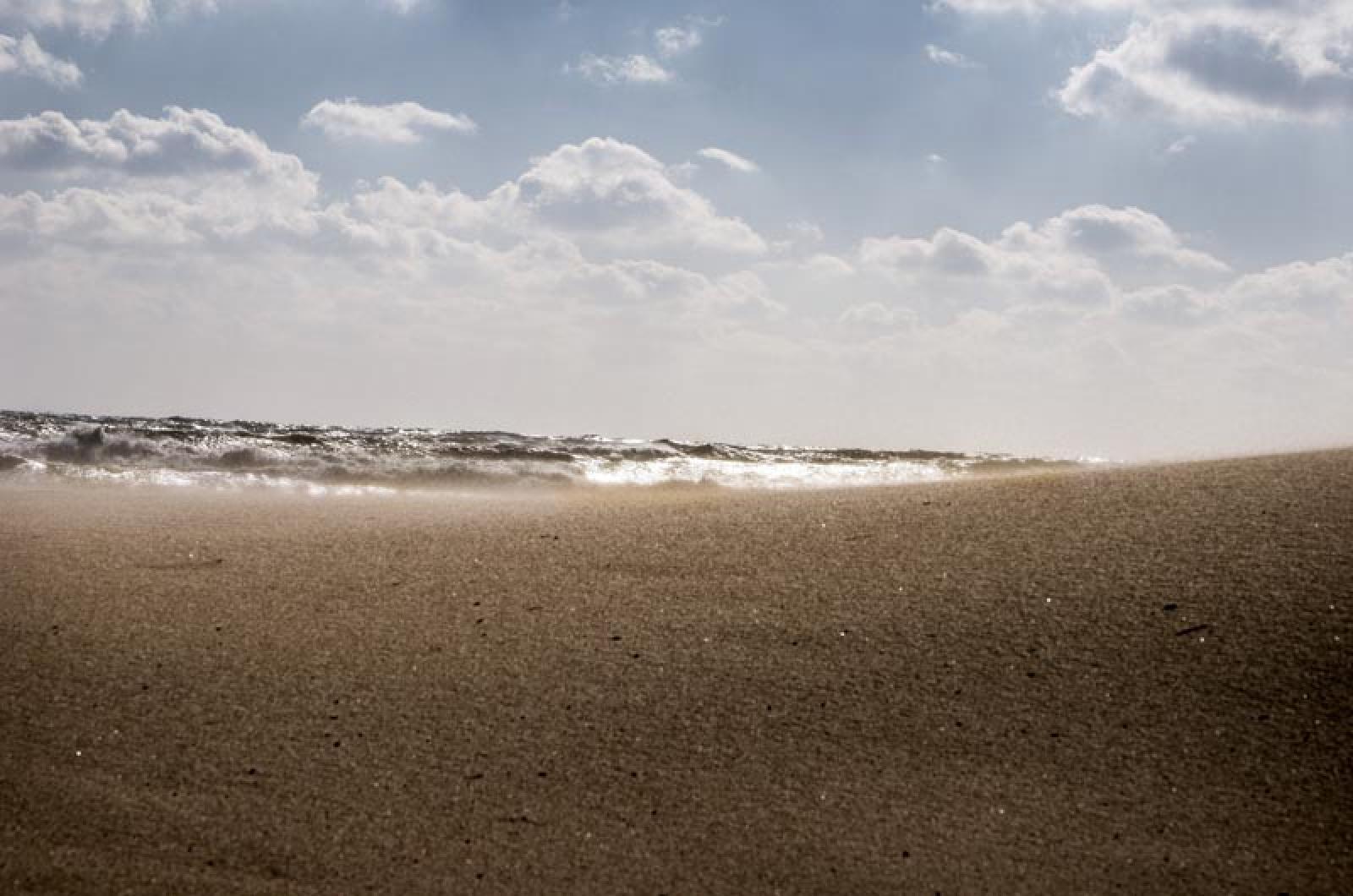Last week I was finally able to visit what apparently is becoming a must-see shrine on the Island; the Gay Head Lighthouse. It has been moved 135 feet since my last visit and I, having a scientific and inquisitive nature, wanted to know why.
It did not take me long to ascertain the cause of its moving, in fact, you might say that I stumbled upon it, for you see it is the sea sand on which the lighthouse sits. Many people are not aware of the important difference between saltwater sand and freshwater sand. Grains of freshwater sand are round but flat like pennies, while grains of saltwater sand are round like ball bearings and consequently have a tendency to either rock or roll. Both are nano in size. If you were to break a bag of saltwater sand over a flat hard surface the grains would disperse in every direction; those in the center staying close because of gravity, those outside moving away in every direction — similar perhaps to the big bang.
By contrast, a bag of freshwater sand would hit the floor with a plop and stay there. This condition might explain the innumerable 18-wheelers loaded down with tons of freshwater sand arriving each morning to meet the foundation needs of the Island.
This riddle of the sands was first discovered by Erskine Childers in 1903. He was observing the freshwater sand (silt) from both the Blue and White Nile where they meet near Khartoum before they head north toward Memphis. As he traveled north he discovered that all the ancient structures — sphinx and pyramids, etc. — were made from freshwater sand. Just before Memphis he turned left and about 30 miles west he discovered the remains of a colossal statue perhaps comparable in size to the Gay Head lighthouse but in a prone position and missing many of its appendages. There was no record of who this statue might be. The locals referred to it as Oz and the place for his plaque had resolved itself into a handful of dust. It was made with sand from the nearby salty Mediterranean.
Our Island was inundated by saltwater sand several times by tsunamis thousands of years ago when it was still inside a block of ice. See “Tremors before the Settlers” W.F. Wolfson, Weston Observatory Press, 1932, page 78-96.
The lighthouse was moved because the fluidity of the saltwater sand beneath the 400-ton lighthouse caused a break in its original angle of repose. Unfortunately, once moved, the lighthouse will need to be moved periodically. My soil samples show that the least resistant route will be down South Road, and if my calculations are correct the lighthouse will obtain some reasonable stability near the Field Gallery. This wedge of erosion from Aquinnah to West Tisbury will make all destinations south of South Road and west of Beetlebung Corner accessible only by boat or by drone.
John Crelan lives on high ground in Vineyard Haven.




Comments
Comment policy »